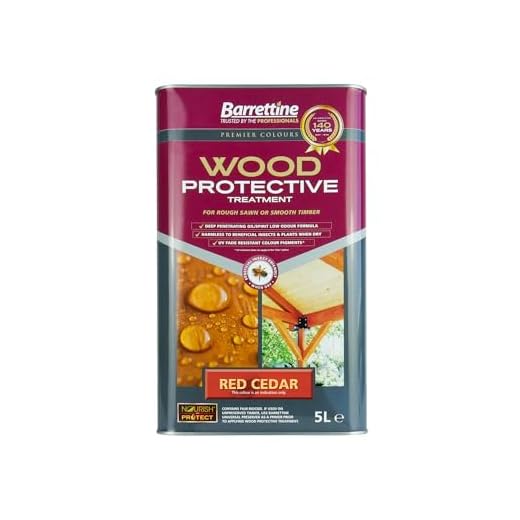
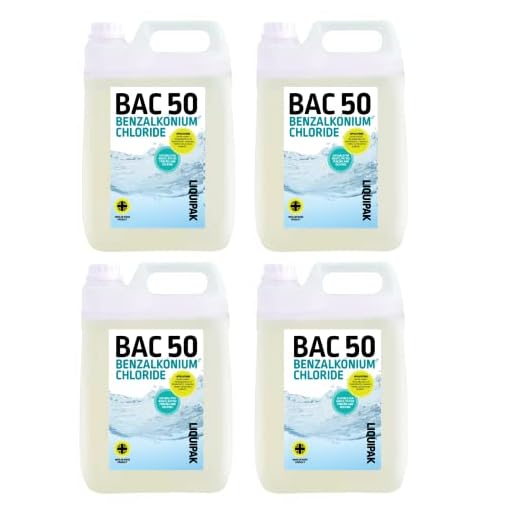
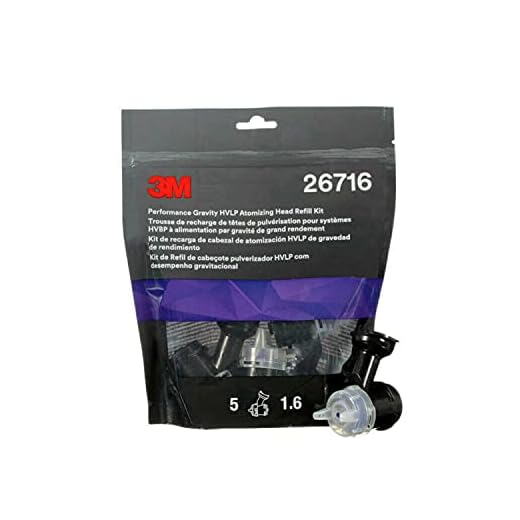
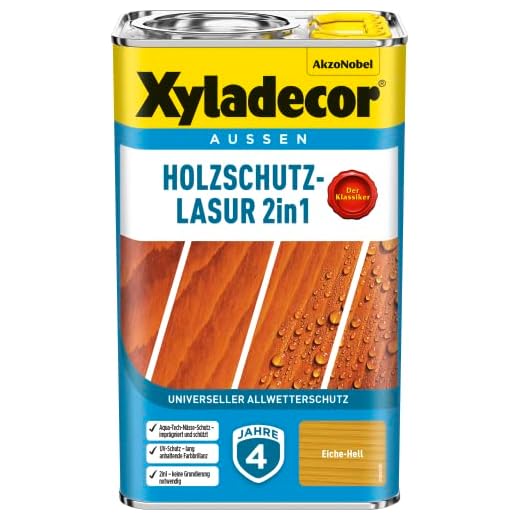
Using a solution of warm water mixed with mild dish soap provides an immediate and effective route for restoring the appearance of your timber barrier. Apply this mixture with a soft-bristled brush, ensuring to target any spots that appear stained or grimy. The gentle action of the brush will lift dirt without damaging the wood.
Follow up with a simple rinse using plain water, preferably from a garden hose with a nozzle that allows for a gentle spray. This ensures that no soap residue remains, which could otherwise attract more dirt over time. For areas with stubborn stains, consider a paste made from baking soda and water, which can be applied directly to the stained region. Allow it to sit for a few minutes before scrubbing it away.
Once you’ve completed the washing process, let your timber structure dry thoroughly before applying any protective coatings. A suitable wood preservative or sealer will enhance longevity, preventing further degradation from the elements. Reapplying this treatment annually can significantly reduce the wear and tear, ensuring your barrier remains visually appealing and structurally sound.
Cleaning Techniques for Timber Barriers
Use a mixture of warm water and vinegar for natural cleaning. Combine equal parts of both in a spray bottle, apply it generously, and let it sit for 15 minutes. Scrub with a stiff brush to lift dirt and grime, then rinse with a hose. This method is gentle and effective against mildew.
Baking Soda Paste
For stubborn stains, create a paste using baking soda and water. Apply it directly to the affected areas and let it rest for about 20 minutes. Scrub using a non-abrasive brush, then rinse off with clean water. This technique can help neutralise odours and brighten the surface.
Oiling the Barrier
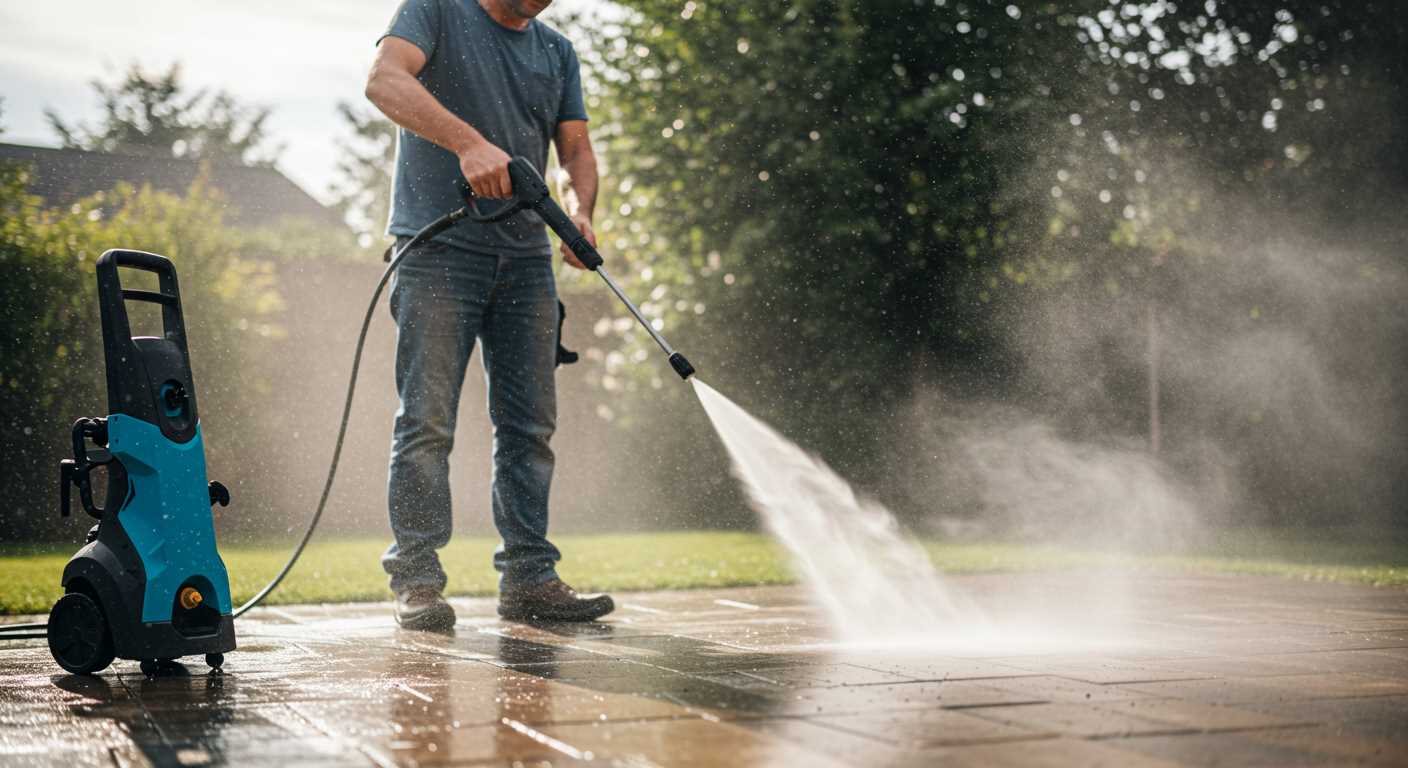
After cleaning, consider applying a natural oil protective treatment. This not only enhances the appearance but also repels moisture and prevents future staining. Use a clean cloth to rub in the oil evenly, ensuring complete coverage for added protection against weather elements.
Selecting the Right Cleaning Solution for Wooden Surfaces
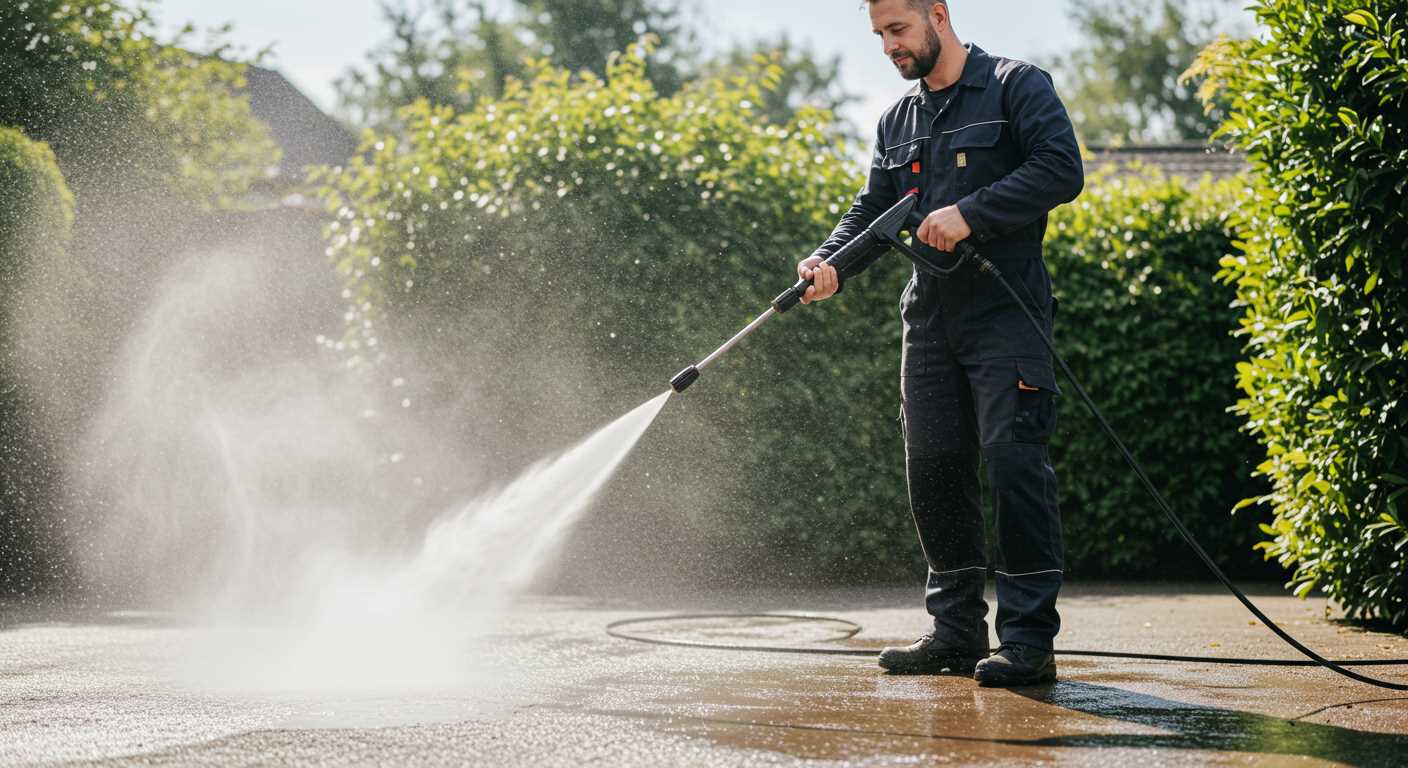
For optimal results, using a mixture of warm water and mild soap is often effective. A solution containing oxygen bleach can tackle stains without harming the timber. Vinegar is another useful ingredient for its natural antibacterial properties; mix it with water in equal parts for a gentle yet effective cleaner. Always test any solution on a small area before full application to avoid discoloration.
Commercial Products and Natural Alternatives
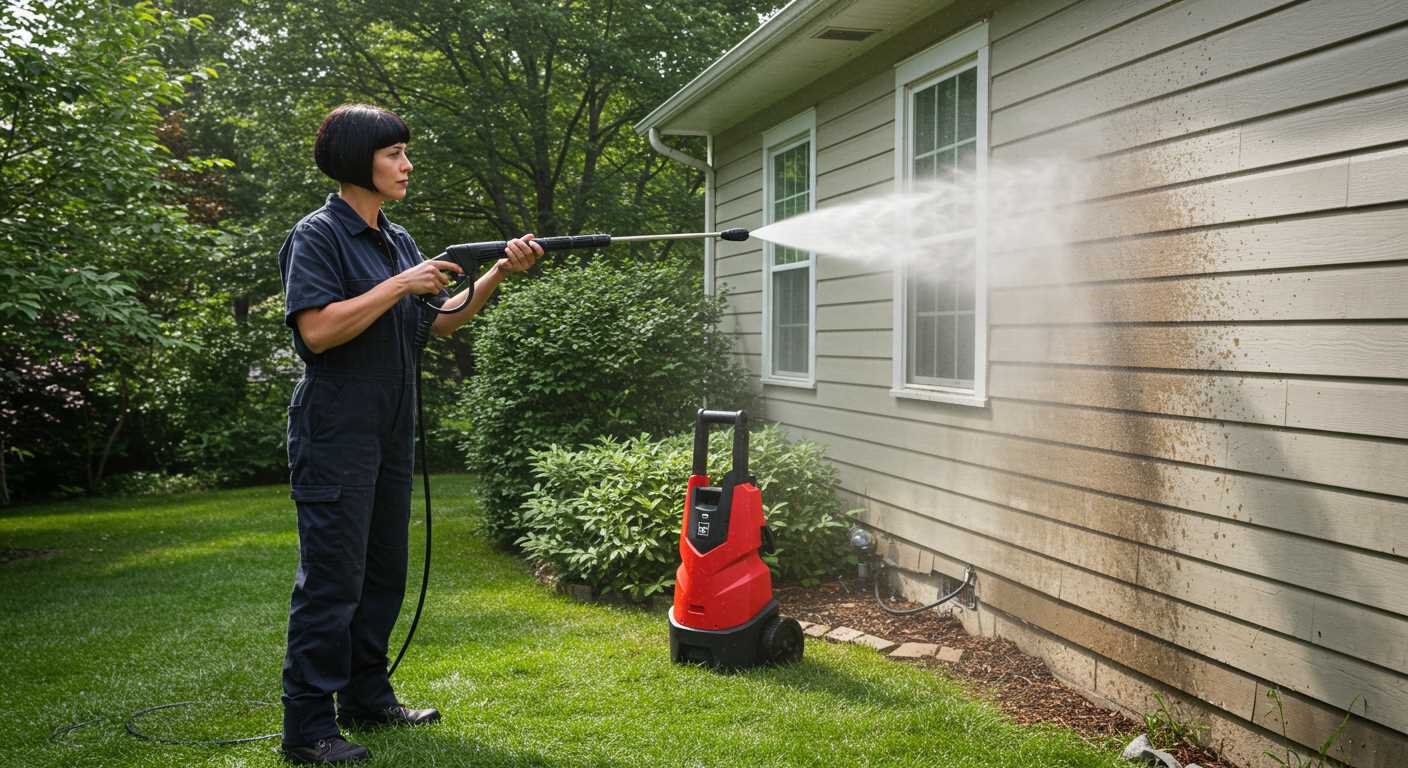
Commercial options tailored for timber care are widely available. Look for biodegradable alternatives to ensure environmental safety. If opting for a DIY approach, baking soda combined with water will create a paste effective against grime. Choose a gentle scrubbing pad to apply the solution, as harsh materials may scratch the surface.
Testing and Application Techniques
Before full application, conduct a patch test. Applying the solution to a hidden area allows you to observe any adverse reactions. Use a soft-bristled brush to apply and work the cleaning mixture into the wood fibers, following the grain. Rinse thoroughly with clean water to remove any residue, ensuring no cleaning agents remain to affect the wood’s appearance over time.
Preparing the Area Around the Fence for Cleaning
Clear any items such as pots, garden furniture, or decorations situated near the barrier. This prevents obstruction and ensures easy access during the scrubbing process. Move any grime-prone plants away to avoid accidental damage from cleaning agents.
If there’s grass or mulch directly adjacent, protect it using a plastic tarp or old sheets to cover the area. This shields it from potentially harmful chemicals and excess water, maintaining its integrity.
In case of any lingering debris like leaves or dirt, employ a broom or rake to tidy up the space. This not only keeps the environment neat but also minimises the risk of residues sticking to the structure during the cleaning routine.
Inspect the ground level for potential hazards, such as rocks or sharp objects, and remove them to prevent any injury. Ensure that the surface is even to provide stability for any step ladder or equipment you may use.
Plan the cleaning sequence carefully. Start from one end and work your way to the other, ensuring water and solution run away from the structure to avoid pooling. This method simplifies the process and enhances overall efficiency.
Using a Scrub Brush for Stubborn Stains
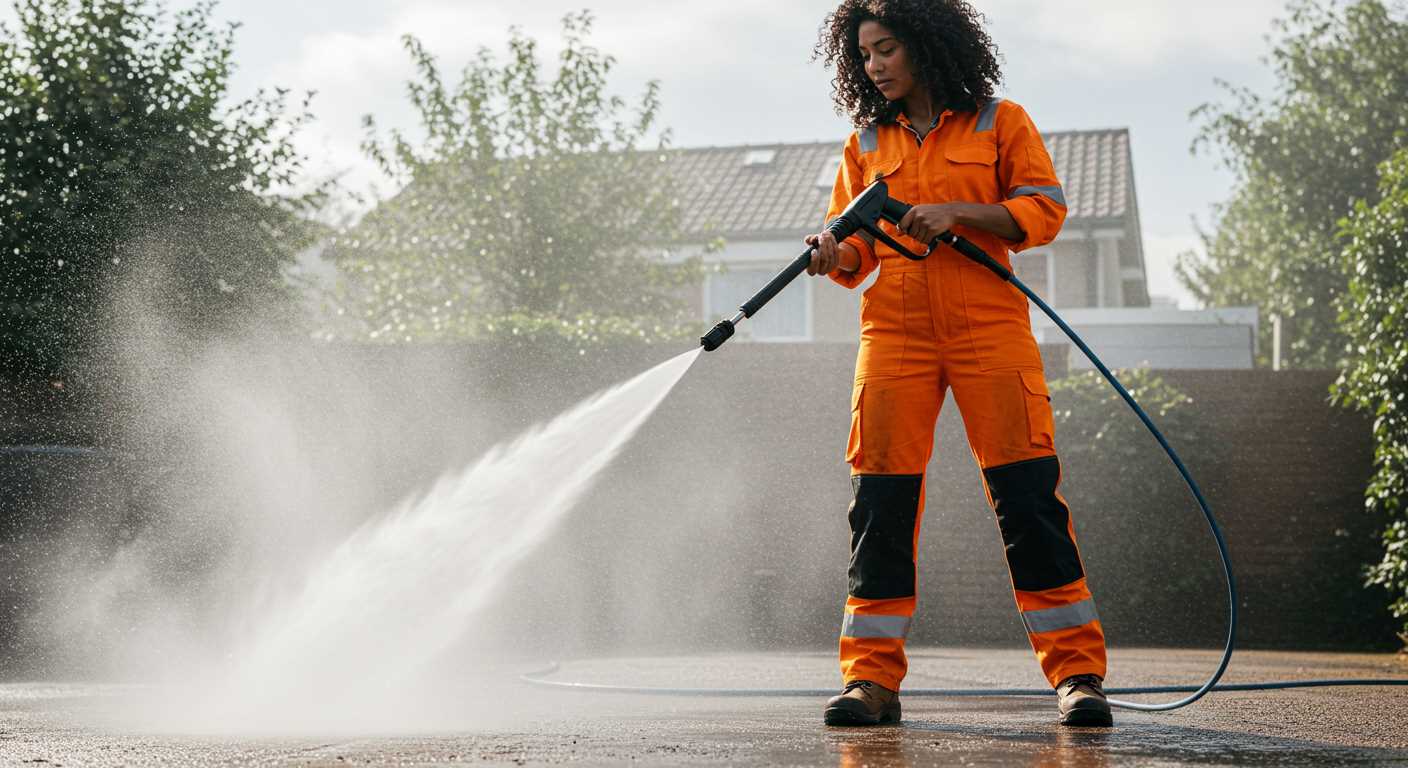
For persistent marks, a scrub brush becomes indispensable. I recommend selecting a sturdy brush with stiff bristles to tackle tough grime and discolouration. Begin at the top of your structure, and work downwards to prevent dirt from re-contaminating cleaned areas.
Create a mixture of warm water and a suitable solution, such as vinegar or a dedicated timber cleaner. Apply the mixture generously to the affected spots, letting it soak for a few minutes. This softens the debris, making it easier to remove.
When scrubbing, use circular motions to break up the stains effectively. Do not rush–dedicate ample time to each section, ensuring that every nook is reached. The angle of the brush is crucial; holding it at a slight tilt helps to maximise contact with the surface.
Store a bucket of clean water nearby to rinse your brush frequently, preventing the spread of dirt back onto the surface. After scrubbing, use a garden hose to wash away the residue. Make sure that the solution does not pool at the base to avoid potential damage to surrounding areas.
For exceptionally stubborn stains like mould or mildew, consider applying a small amount of oxygen bleach to the brush before scrubbing. This can assist in breaking down the worst offenders. Follow up with a thorough rinsing to remove any leftover cleaner.
Regular maintenance with this technique can significantly prolong the life of your structure and maintain its attractive appearance.
Applying the Cleaning Solution Properly
Prior to application, dilute your selected cleaning agent according to the manufacturer’s instructions to ensure optimal results. Begin at the top of the surface and work downwards, preventing streaks from forming. Using a sprayer or sponge, apply the solution generously, ensuring even coverage across all areas.
For stubborn grime, allow the mixture to sit for approximately 10 to 15 minutes, which helps break down dirt and mildew. Be vigilant not to let it dry completely, as this could hinder the cleaning process.
While the solution is working, use a scrub brush with stiff bristles to lightly agitate the surface, focusing on particularly soiled spots. This can enhance the effectiveness of the cleaning agent. Always scrub in the direction of the wood grain to avoid damaging the surface.
Rinse off the solution thoroughly with a garden hose or bucket of clean water. Ensure that all residues are washed away to prevent any potential discolouration or damage to the surface. Repeat the process if necessary for areas that still appear dirty.
Rinsing Techniques for Wooden Fences

For optimal results, a gentle yet thorough rinsing approach is necessary. Follow these techniques to ensure effective removal of cleaning solutions and residue.
- Garden Hose: Use a standard garden hose with a spray nozzle. Opt for a medium spray setting to avoid damaging the surface. Start from the top and work your way down, allowing dirt and residues to flow downwards.
- Buckets and Sponges: Fill several buckets with clean water. Use a large sponge to dip into the water and wipe down the surface. This method is particularly useful for areas with stubborn residue.
- Soft Cloths: For detailed rinsing, employ soft cloths. Dampen them with clean water and wipe surfaces meticulously. This is effective especially near crevices and intricate designs.
- Watering Can: If precision is essential, use a watering can for a controlled rinse. This helps to direct water precisely where needed without oversaturating the wood.
Ensure to keep an eye out for any remaining cleaning solution. If any residue persists, repeat the rinsing process until the wood is thoroughly clear. Allow adequate time for drying once finished to maintain the integrity of the material.
Maintaining Your Fence After Cleaning
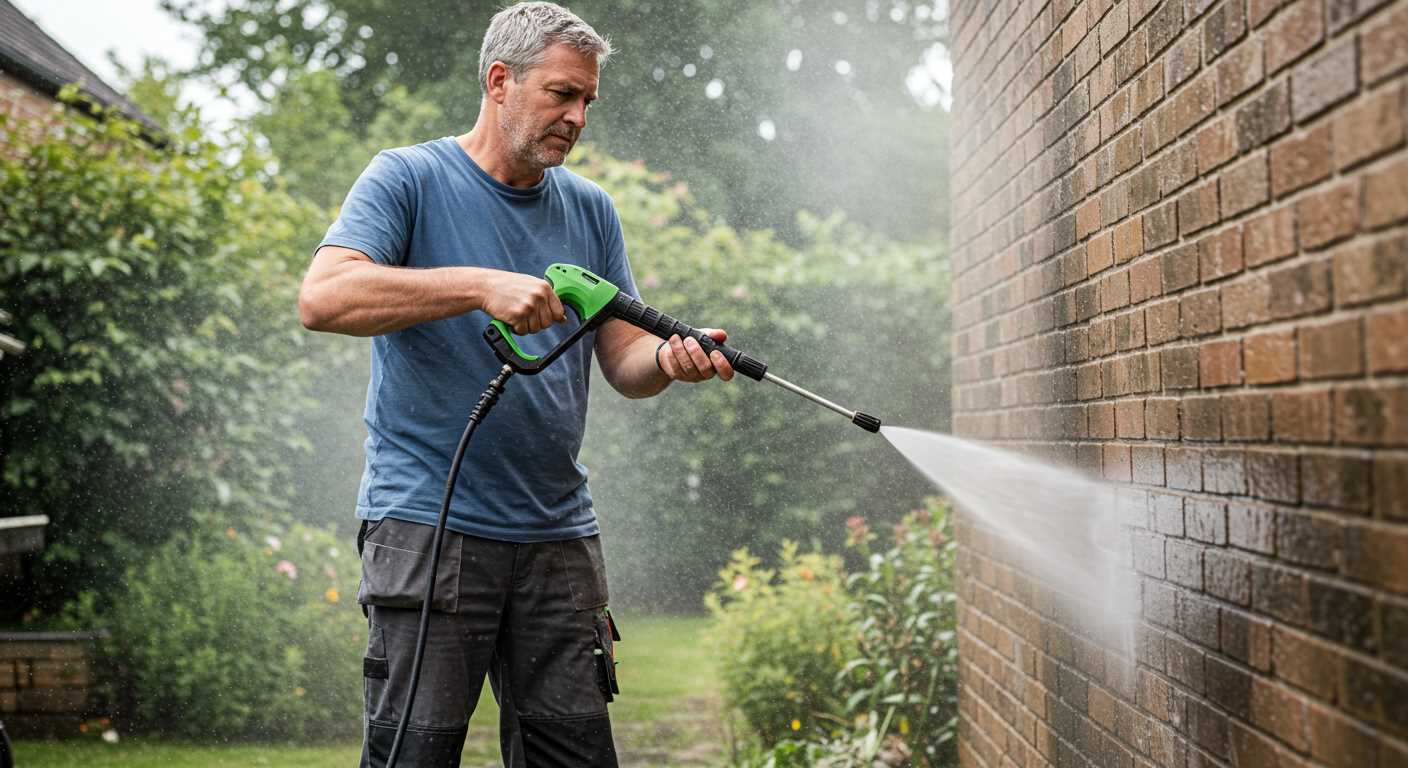
After completing the cleansing procedure, immediate maintenance is key to prolonging the lifespan of your barrier. Begin by inspecting for any damaged sections and addressing them promptly to prevent further deterioration.
Sealing and Staining
Applying a sealant or stain can significantly enhance protection. Choose products specifically designed for exterior wood. These substances safeguard against moisture ingress and UV damage. A well-applied sealant can last several years, however, reapplication may be necessary when peeling or wear occurs.
Routine Inspections
Regular checks every six months help catch potential issues early. Look for signs of rot, insect infestations, or discoloration. Prompt repairs can save time and expense in the long run.
| Maintenance Task | Frequency | Recommended Action |
|---|---|---|
| Inspect for damage | Every 6 months | Repair any issues immediately |
| Reapply sealant or stain | Every 2-5 years | Use a quality outdoor product |
| Remove debris | Seasonally | Clear leaves, vines, and dirt |
| Check for insect activity | Bi-annually | Use insect repellents if needed |
Consistent care enhances your structure’s durability and aesthetics. A solid maintenance regimen not only preserves the beauty of your outdoor space but also protects your investment over time.


